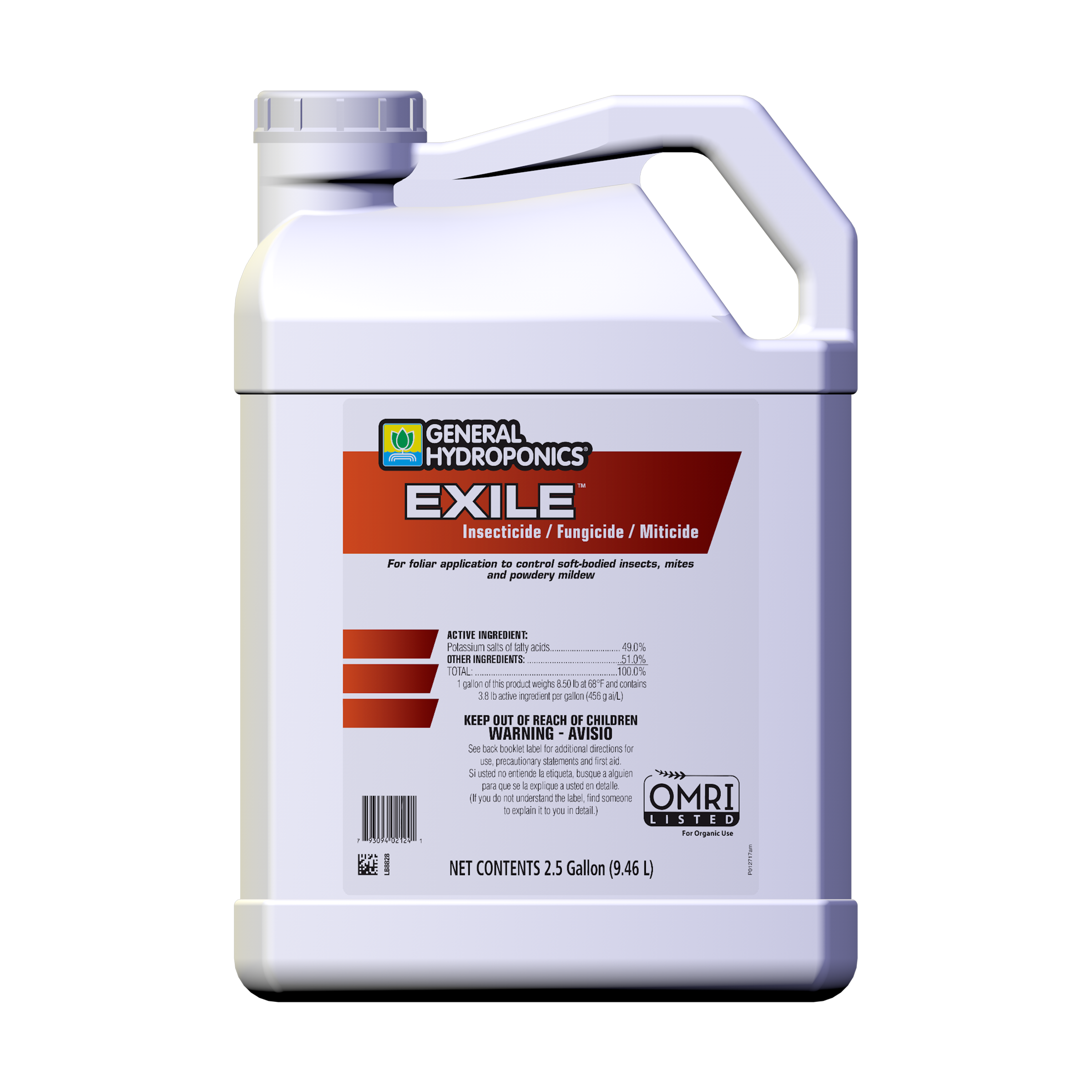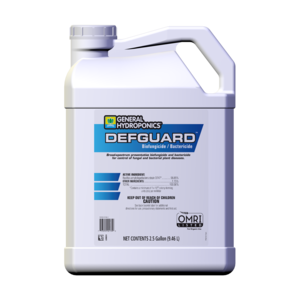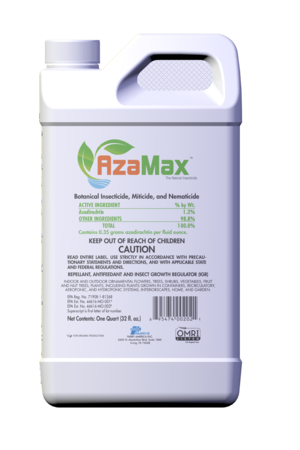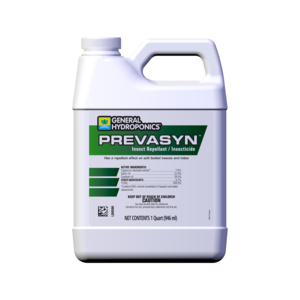Integrated pest management (IPM) is a collection of pest control strategies that put a premium on that “M,” the management of pests rather than indiscriminate spraying of pesticides. An IPM regimen will usually consist of the following steps:
1. Action Thresholds: Determine at what level a species becomes a problem. This could be at a certain amount of crop loss or economic damage.
2. Monitoring/Identification: What pests are present and in what kind of numbers? How do we identify the pest and watch for it?
3. Prevention: Manage space/environment to prevent infestations. This could be as simple as changing into work clothes on-site, or as complex as a negative pressure design to remove pathogens from a facility or room.
4. Control: When necessary, apply the least harmful technique available to reduce pests. By least harmful, we mean the fewer harmful chemicals used, the better.
The main advantage of an IPM regimen is that you’re monitoring for issues before they become major problems. In addition to being a proven strategy, IPM programs also include the benefits of less waste, reduced costs, and a reduced environmental impact compared to traditional pest control. But what about those situations when growers do have a problem that requires chemical intervention? Can you use chemicals and still consider your program IPM? "Yes" is the answer. Chemical intervention is a “last resort” of an IPM program, but rather than indiscriminate spraying of a broad use chemical, treatments within a good IPM program will be targeted to the specific pest. Additionally, a premium is put on products that are organic or biological in nature. But which products are good for an IPM program? How do they work? Today we’ll talk in-depth about a few effective products you can incorporate into your IPM program. It should be mentioned that each of the products discussed have been through years of testing before receiving EPA approval. Be sure to check out the references for more information!
Exile

Exile is an Insecticide/Fungicide/Miticide in one, and it's the only product of its kind, dueled registered as both an insecticide and fungicide. Utilizing Potassium Salts of Fatty Acids, Exile is approved for use on vegetables, tobacco, and flowering plants. What are these fatty acids? They’re naturally occurring, organic molecules sourced from a variety of plants such as palms and cotton seeds1. Exile works as the fatty acids are absorbed through the insect’s body wall and disrupts the cell membranes2,3. As mentioned, these fatty acids utilized in Exile are also toxic to a variety of fungi2,4. This low toxicity solution is safe for humans and animals when used as recommended,1 and the residues left post-harvest don’t exceed the levels found in the environment naturally5, 6.
Defguard

Defguard is widely used in the greenhouse world and is one of the few products registered for use on combustibles. Labeled for use on bortrytis (bud rot) and powdery mildew, Defguard’s active ingredient is the bacteria species Bacillus amyloliquefaciens. When added to the soil, this biofungicide kills competing species, even colonizing on the plants roots to prevent further fungal infections. These biofungicides have been found to be an appropriate, natural alternative to some more toxic pesticides7,8.
AzaMax

AzaMax is a broad spectrum control for insects and spider mites. The active ingredient is Azadirachtin, a hormone that serves as both an antifeedant and growth regulator, working by both starving pests and disrupting their biological development9. The double attack on pest species allows AzaMax to completely eradicate pests when used appropriately. Additional benefits include low toxicity and low environmental impact.
Prevasyn

Prevasyn is another biological control that has the ability to improve the efficacy of these other products. Rather than kill pest species, Prevasyn works as a natural deterrent10. The main ingredient is capsicum oleoresin, better known as pepper extract, and it's a compound bugs hate. When used appropriately, Prevasyn can prevent insects from laying eggs on leaves and in soil. With many growers focused on eradicating pests, Prevasyn's repellent qualities can be overlooked. This is where the synergy comes in, by aiding in reducing the number of pests around to begin with, any other product will be more effective on anything that remains and can reduce the number of pesticide applications - and the amount of product necessary - for adequate control. By creating a hostile environment for pests, Prevasyn is an effective pest mobilizer, forcing them to find their resources elsewhere.
The days of indiscriminate spraying of pesticides are over. In today's highly regulated pesticide market, a premium has been put on organic, biological products that are effective and reliable. Though a good IPM program requires more work than simply "spraying for bugs," the right products, when used appropriately, can not only control your pests, but work in tandem with one another, saving money, resources, and reducing the need for a more drastic intervention.
Works Cited:
1. Plambeck, J. A. Industrial Organic Chemistry: Soaps and Detergents. http://www.compusmart.ab.ca/plambeck/che/p265/p06185.htm (accessed Sept 2000).
2. Puritch, G. S. Pesticidal Soaps and Adjuvants-What Are They and How Do They Work? Proceedings of the 23rd Annual Lower Mainland Horticultural Improvement Association Growers Short Course, Abbotsford, B.C., February 11-13, 1981(reprint).
3. Osborne, L. S.; Henley R. W. Evaluation of Safer Agro-Chems Insecticidal Soap for the Control of Mites in the Interior Environment. Foliage Digest 1982, 5(4), 10-11.
4. Puritch, G. S.; Tan, W. C.; Hopkins, J. C. Effects of Fatty Acid Salts on the Growth of Botrytis cinerea. Can. J. Bot. 1981, 59, 491-494.
5. Food Additives Permitted for Direct Addition to Food for Human Consumption. Code of Federal Regulations, Part 172.863, Title 21, 1998.
6. Reregistration Eligibility Decision Document (RED): Soap Salts; EPA-738-R-92-015; U. S. Environmental Protection Agency, Office of Prevention, Pesticides and Toxic Substances, U. S. Government Printing Office: Washington, DC,1992.
7.Joel A. Abbey, David Percival, Lord Abbey, Samuel K. Asiedu, Balakrishnan Prithiviraj & Annemiek Schilder (2019) Biofungicides as alternative to synthetic fungicide control of grey mould (Botrytis cinerea) – prospects and challenges, Biocontrol Science and Technology, 29:3, 207-228, DOI: 10.1080/09583157.2018.1548574
8. Roger, F., & Keinath, A. (2010). Biofungicides and chemicals for managing diseases in organic vegetable production. Clemson University Cooperative Ext. Information Leaflet 88.
9. Morgan, E. D. (2009). Azadirachtin, a scientific gold mine. Bioorganic & Medicinal Chemistry,17(12), 4096-4105.
10. Madhumathy, A.P., et al. "Larvicidal efficacy of Capsicum annum against Anopheles stephensi and Culex quinquefasciatus." Journal of Vector Borne Diseases, vol. 44, no. 3, 2007, p. 223+. Accessed 19 Feb. 2019.
10 Best Gift Ideas for Cannabis Connoisseurs and Growing Aficionados (2022)
December 7, 2022Developing and Optimizing a Cannabis Cultivation System
December 14, 2021Dealing with Insomnia: How Can CBD Help?
December 10, 2020Your Guide to Sleep and CBD
December 7, 2020
Do you want to receive the next Grower's Spotlight as soon as it's available? Sign up below!

Do you have any questions or comments?

About the Author
Chris DeWildt is a graduate of Grand Valley State University and Western Kentucky University. He worked in education and publishing for ten years before joining the team at Growers Network. In addition to editing the GN blog, Chris also works on the Canna Cribs series.
